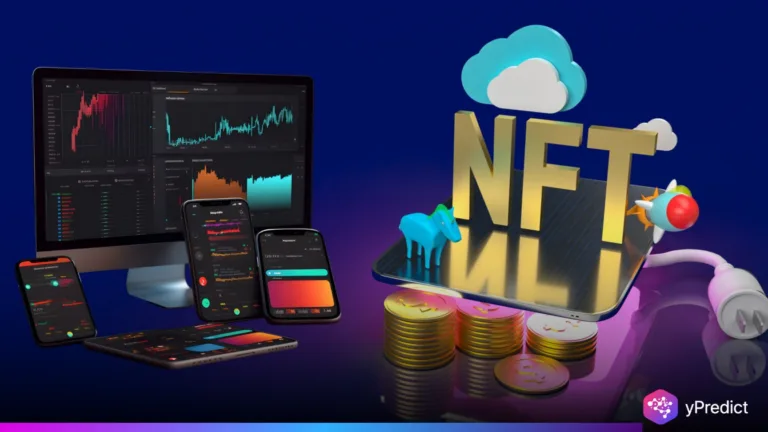
A massive Bitcoin transfer has stirred market attention after an early BTC whale moved over $2 billion worth of the cryptocurrency to Galaxy Digital. The transaction, involving a dormant wallet, comes amid post-Bitcoin Halving market recalibrations and growing institutional interest. With BTC price swings still fresh from recent liquidations, analysts are closely watching whether this whale action signals a broader AI-driven asset shift within the digital financial ecosystem.
AI-Backed Firms Like Galaxy Digital See Whale-Driven Momentum
The recipient of the multi-billion-dollar transfer, Galaxy Digital, has emerged as a major player in AI-enhanced digital asset management. Its infrastructure increasingly leverages machine learning to forecast liquidity zones, automate execution, and hedge risk. With whales moving assets into such firms, the influence of AI-driven models on high-volume BTC transactions continues to grow.
Analysts suggest this whale’s choice wasn’t random. Galaxy’s blend of traditional financial services and crypto-native AI tools makes it a preferred vehicle for strategic institutional transfers. The firm’s AI-backed execution systems are designed to navigate high-volatility environments, especially relevant now, as BTC price movements remain highly reactive.
BTC Price Sways as Post-Halving Adjustments Intensify
This transfer of Bitcoin matches the market shifts that began after the Bitcoin Halving on April 19, 2024. The halving brought block rewards down to 3.25 BTC per block, making supply tight and contributing to strange BTC price reactions post-halving. Since the halving, time on the chain has shown that large holders have been slowly redistributing their funds, likely as a result of price movements caused by changing mining economies and strategy readjustment driven by AI.
While there is no peer-reviewed literature indicating a causal relationship between Halving events and whale movements, the recent price instability suggests there are meaningful correlations between them. For example, one episodic price event saw BTC price plummet $117,000 in mere hours, pushing over $400 million in leveraged long positions into liquidation. Data from analysts suggests AI trading models would have exacerbated the speed and scale of that movement, as bots were able to track liquidity in real-time and react algorithmically.
Top BTC Wallets Concentrate Power Amid AI-Driven Reallocation
As of August 2024, the top 113 Bitcoin wallets held 15.4% of all BTC, with the majority being one regional currency. The concentration of wealth means that a single whale can move the market. With AI systems constantly analyzing and reacting to market activity, even a single whale move can crash the market, especially when managed by an AI. Galaxy Digital’s AI monitoring tools likely flagged the $2 billion transfer instantly, allowing it to allocate or hedge positions accordingly.
Market watchers now speculate that more bitcoin whales could follow suit, shifting dormant BTC into AI-powered institutional environments. With asset intelligence platforms growing more predictive, whales may now trust firms like Galaxy to manage exposure through real-time, model-driven risk scenarios rather than old-school manual decision-making.
AI Continues to Shape Bitcoin’s Institutional Future
This movement in whale activity shows a larger shift in large-holder sentiment on crypto exposure, as whales seem to systematically de-risk into institutional platforms like Galaxy Digital, which combine blockchain native aspects with institutional-grade AI portfolio optimization.
As AI capabilities intersect more with trade execution and volatility modeling (rather than historical modeling), as well as asset allocation, the institutional layer of Bitcoin is rapidly shifting. This recent $2 billion shift in bitcoin whale activity demonstrates that even legacy holders rely on AI to generate signals and determine actions, particularly in the wake of market-moving events like the Bitcoin whale. All eyes are still on the BTC price, which continues to respond to the massive AI-directed monitoring shift in activity from wallet to asset managers.






